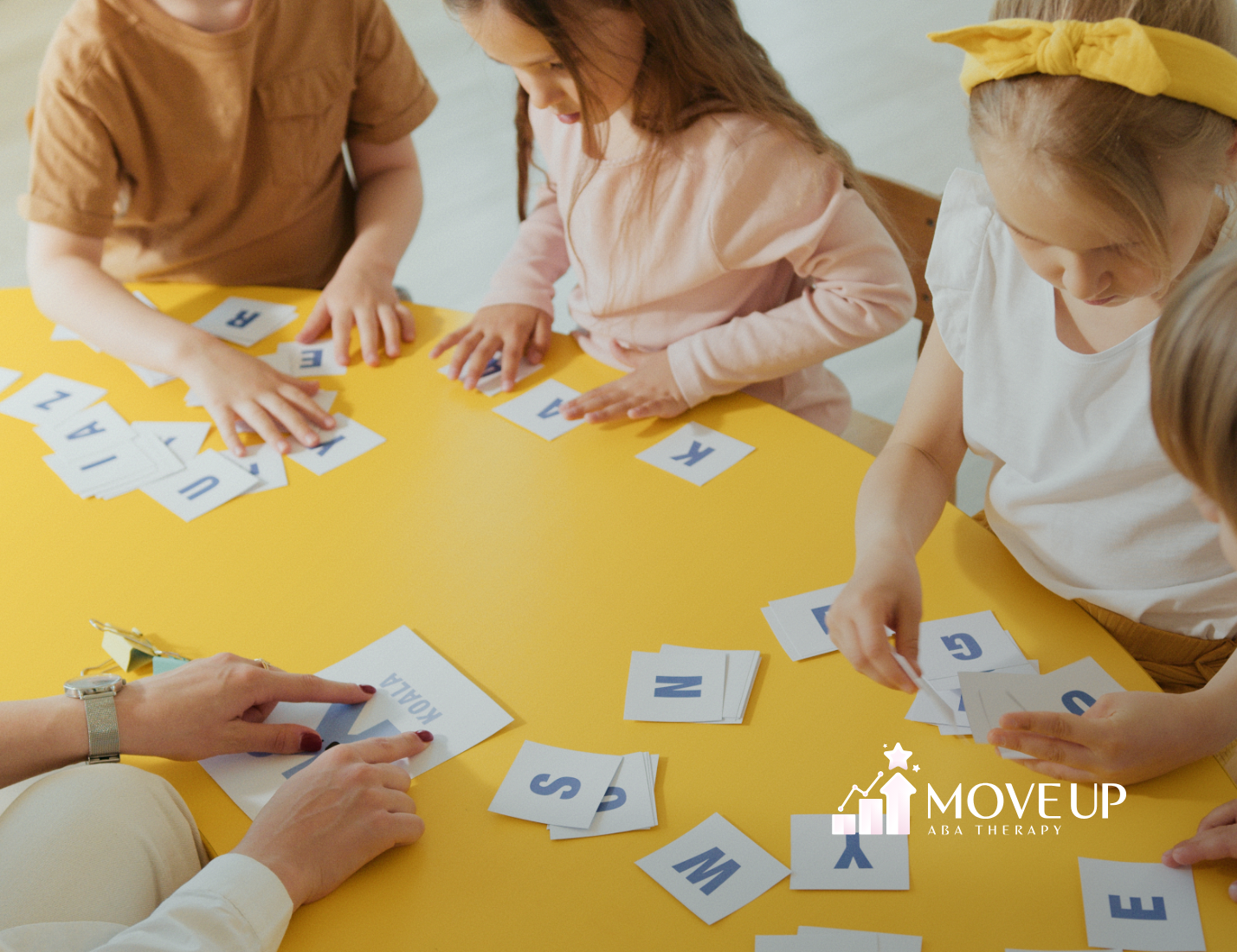The best age to start Applied Behavior Analysis (ABA) therapy is as early as possible, ideally before the age of 5. Early intervention is key in helping children with autism develop essential skills such as communication, social interaction, and daily living abilities. Research shows that the earlie...
Implementing ABA techniques at home can significantly reinforce professional sessions and help children translate skills into their daily routines. While a study from the National Institute of Health found that center-based ABA therapy achieved 100 percent more learning per hour compared to home-bas...
Applied Behavior Analysis (ABA) is one of the most widely recommended and research-backed therapies for autism. It focuses on teaching meaningful skills, like communication, social interaction, and daily routines, through positive reinforcement and structured learning. ABA is highly individualized, ...
While ABA therapy can be highly effective, not all programs are created equal. Knowing the red flags can help you choose the right provider for your child. One major red flag is a lack of individualization. ABA should be tailored to each child’s needs—cookie-cutter programs or rigid lesson plans...
Applied Behavior Analysis (ABA) therapy for depression has gained traction as an evidence-based method for tackling avoidance patterns and boosting engagement in meaningful activities. In 2014, about 15.7 million U.S. adults experienced at least one major depressive episode, accounting for 6.7 perce...
Does ABA help with writing? Learn how ABA therapy supports handwriting, fine motor skills, and communication for children with autism....
How do children on the autism spectrum learn to talk and share what they want to say? ABA therapy uses clear ways to help build these important communication skills. One way is called labeling, and another is called tacting. When you know what these are and how to use them in autism therapy, you can...
In behavior analysis, extinction is when you stop giving reinforcement for a behavior that used to get it. In applied behavior analysis (ABA), the goal is to make the behavior go away slowly over time. This idea is very important for helping change bad habits while building up good ones. ABA therapy...
ABA therapy is a key part of behavior analysis. It gives real help to people with developmental disabilities. In ABA therapy, complex activities are broken down into manageable steps. This helps people learn new skills at their own pace, making skill acquisition easier and less stressful. The idea i...







